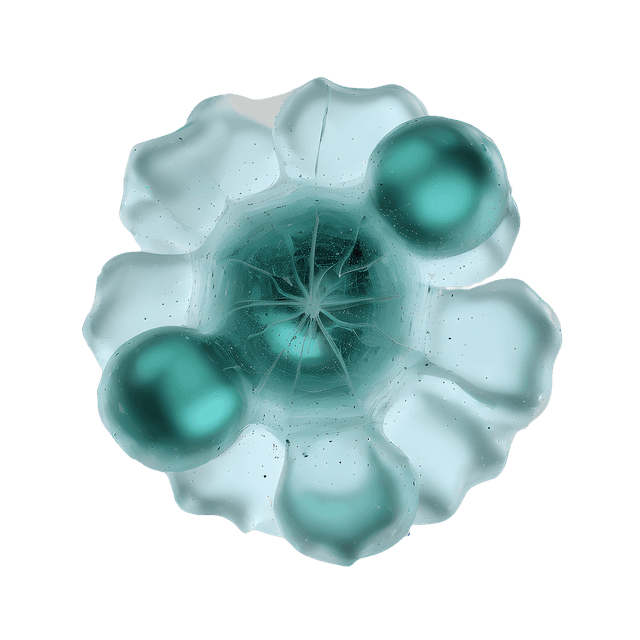What is Atherosclerosis?
Atherosclerosis is one of the most common causes of cardiovascular diseases, affecting blood flow to organs and tissues throughout the body. The condition is characterized by a gradual process where plaques—composed of fats, cholesterol, calcium, and inflammatory cells—accumulate inside the arteries over time. This leads to narrower and less flexible blood vessels, which can result in life-threatening complications such as heart attack, stroke, and peripheral artery disease if left untreated.
Causes of atherosclerosis
The condition develops slowly over time, often beginning at a young age, although symptoms may not appear until later in life. Several factors, both genetic and lifestyle-related, can accelerate the process. The most significant risk factors include:
- Elevated LDL cholesterol: The "bad" cholesterol is a central component of plaque formation. Oxidized LDL can trigger inflammatory processes in the vessel walls.
- High blood pressure: Chronically elevated blood pressure damages arterial walls, making them more susceptible to fat and plaque buildup.
- Smoking: Contributes to oxidative stress and inflammation, impairing vascular function and accelerating atherosclerosis.
- Diabetes: High blood sugar levels can cause vascular damage and increase plaque formation risk.
- Overweight and obesity: Conditions closely linked to high blood pressure, elevated LDL cholesterol, and low physical activity.
- Genetic factors: For example, familial hypercholesterolemia can lead to elevated cholesterol levels early in life.
- Inflammation: Chronic inflammation, measured through elevated CRP levels, plays a key role in disease progression.
Symptoms of atherosclerosis
Atherosclerosis is a silent disease that often produces no symptoms until blood flow to an organ or tissue becomes critically reduced. When symptoms do appear, they can be severe and include:
- Chest pain (angina): Occurs when the heart does not receive enough oxygen due to narrowed coronary arteries.
- Shortness of breath: An early sign that the heart or lungs are not receiving adequate oxygen.
- Stroke symptoms: Sudden weakness, speech difficulties, or facial paralysis may occur when blood flow to the brain is blocked.
- Leg pain: Pain during physical activity (claudication) can indicate peripheral artery disease.
Preventive measures to combat atherosclerosis
Preventing atherosclerosis is achievable by reducing risk factors through healthy lifestyle choices, particularly diet.
- Fruits and vegetables: Rich in antioxidants, they help protect blood vessels from damage.
- Whole grains: Aid in stabilizing blood sugar levels and lowering LDL cholesterol.
- Avoid saturated fats and trans fats: These fats contribute to higher LDL cholesterol and plaque buildup.
- Omega-3 fatty acids: Found in fatty fish like salmon and mackerel, they have anti-inflammatory properties that protect blood vessels.
Regular physical activity strengthens the heart and improves circulation. The recommendation is at least 150 minutes of moderate activity or 75 minutes of vigorous activity per week.
Smoking cessationSmoking is one of the major risk factors for atherosclerosis. Quitting smoking improves circulation and significantly reduces the risk of cardiovascular diseases.
Stress managementChronic stress can increase inflammation in the body. Using relaxation techniques such as meditation or yoga can reduce the risk.
TreatmentFor individuals diagnosed with atherosclerosis, several treatment options are available depending on the severity of the condition:
Medications for atherosclerosis
- Statins: Lower LDL cholesterol and stabilize plaques.
- Blood pressure medications: Such as ACE inhibitors and beta-blockers to protect blood vessels.
- Anticoagulants: Prevent blood clots that can obstruct blood flow.





















